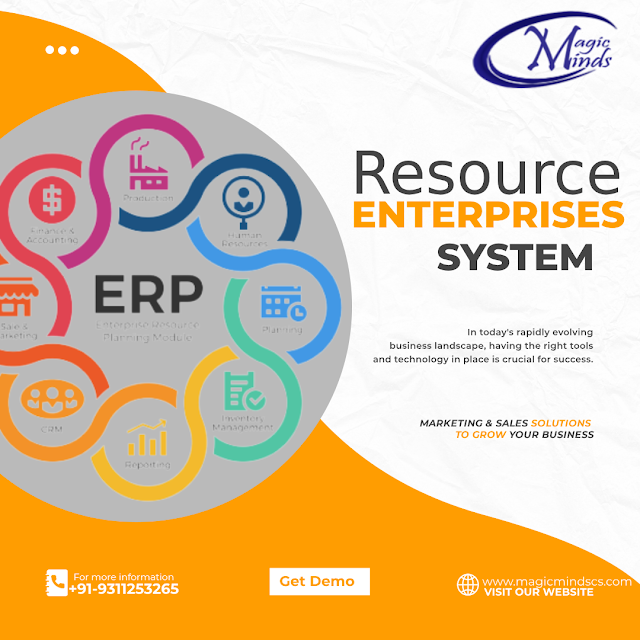Library Management System Project in Java: Simplifying Library Operations
In the digital age, where information is readily available at our fingertips, libraries continue to play a vital role in society. However, managing a vast collection of books, tracking borrowers, and ensuring smooth operations can be a daunting task. That's where a robust Library Management System (LMS) comes into the picture. In this article, we will explore the concept of a library management system project and discuss how Java can be used to develop an efficient and user-friendly LMS.
Understanding
the Library Management System:
A library
management system project aims to streamline and automate various library
processes, making it easier for librarians and patrons to access and manage
books. Traditionally, these systems were paper-based, relying on manual
record-keeping and cataloging methods. However, the advent of technology has
revolutionized the way libraries function.
With a library
management software, librarians can maintain a comprehensive database of
books, manage borrower information, track book availability, handle book
reservations, generate reports, and much more. Additionally, an online
library management system project enables users to access the library's
resources remotely, browse catalogs, and even borrow or return books online.
Benefits
of Implementing a Library Management System:
Efficient Book Management: A library management system software
simplifies the process of cataloging and organizing books. Librarians can add
new books, update existing records, and maintain an accurate inventory
effortlessly. This ensures that books are easily searchable and reduces the
chances of misplacement.
Streamlined Borrowing Process: With an LMS,
borrowers can easily check the availability of books, reserve them, and receive
notifications when the books become available. It eliminates the need for
manual tracking and minimizes the chances of conflicts or misunderstandings.
Enhanced Accessibility: An online library management system project extends the library's
reach beyond physical boundaries. Users can access the library's resources from
anywhere, anytime, using their computers or mobile devices. This opens up
opportunities for remote learning and research.
Accurate Reporting: Generating reports, such as
book circulation statistics, borrower records, or financial data, becomes
effortless with an LMS. Librarians can analyze the data and make informed
decisions to improve library services and resource allocation.
Developing
a Library Management System Project in Java:
Java, a versatile and widely-used programming
language, provides a strong foundation for building a library management system project.
Here are some key aspects to consider while developing an LMS using Java:
User Interface: The user interface (UI) should
be intuitive and user-friendly. It should allow librarians to perform tasks
efficiently and provide patrons with an easy way to browse and request books.
Java Swing or JavaFX can be used to develop a visually appealing and
interactive UI.
Database Management: A well-designed database is
crucial for storing and retrieving information in an LMS. Java provides robust
database connectivity options, such as JDBC, which allow seamless integration
with popular database systems like MySQL or Oracle.
Book and Borrower Management: Implement classes
and data structures to represent books and borrowers. These entities should
have attributes such as title, author, ISBN, borrower ID, and due date. Java's
object-oriented programming features can be utilized to model these entities
and define their behaviors.
Transaction Handling: Implement mechanisms to
handle borrowing, returning, and reserving books. Track the availability of
books and update the database accordingly. Use Java's exception handling to
handle errors and ensure data integrity.
Security and Authentication: Implement a secure
login system to authenticate librarians and patrons. Protect sensitive
information and ensure that only authorized users can access certain
functionalities.
Conclusion:

.jpg)


Comments
Post a Comment